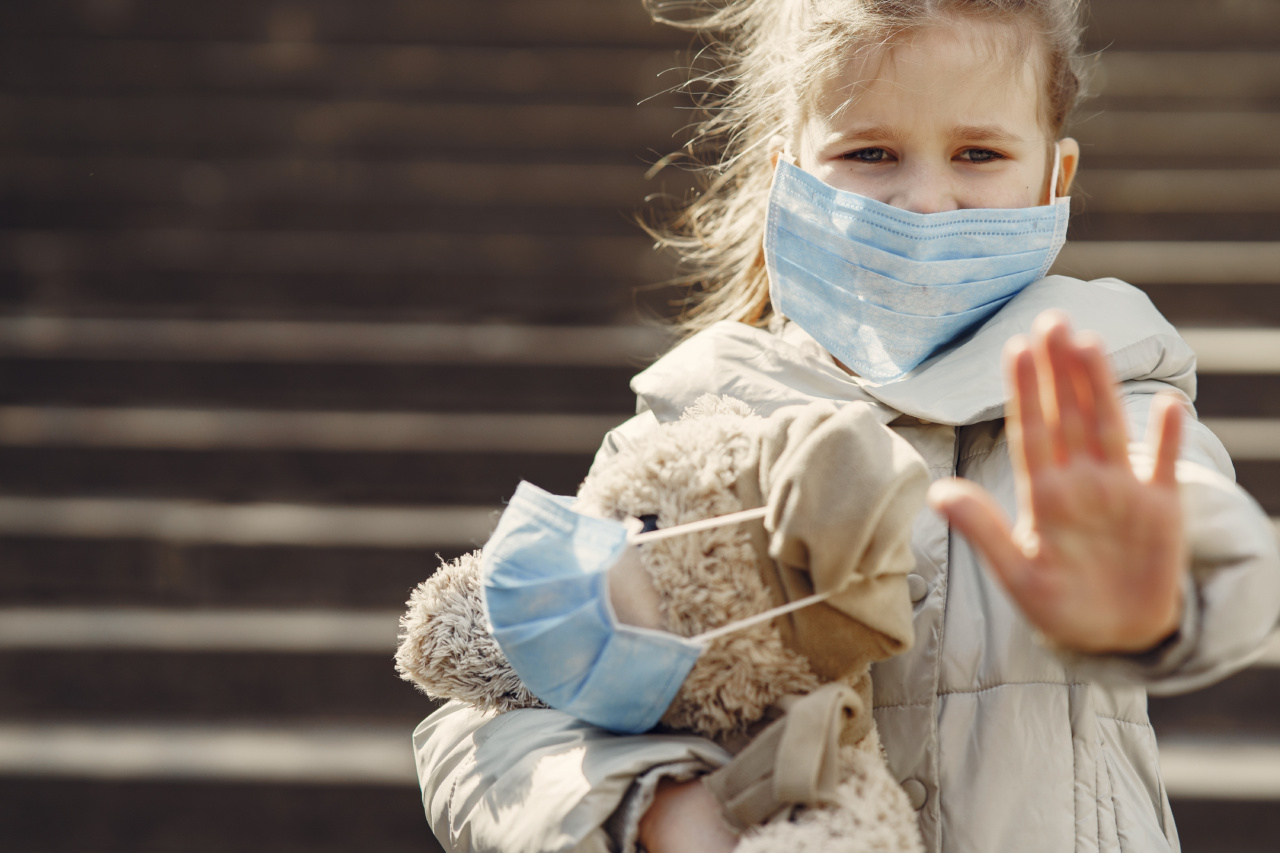As the warm weather approaches, many people are eager to soak up the sun and get that coveted sun-kissed glow.
However, it’s important to practice safe sunbathing to prevent sunburns, skin damage, and more serious health issues, such as skin cancer. Here are some essential steps to help you enjoy the sun while staying protected.
1. Choose the Right Time
When planning a sunbathing session, it’s crucial to pick the right time to minimize sun damage. The sun’s rays are most intense between 10 a.m. and 4 p.m., so try to limit your sun exposure during these hours.
Opt for early morning or late afternoon sessions when the sun is lower in the sky and the UV radiation is less intense.
2. Wear Protective Clothing
One of the simplest ways to protect your skin while sunbathing is by covering up with appropriate clothing. Choose lightweight, loose-fitting garments that cover as much skin as possible.
Opt for long-sleeved shirts, pants, wide-brimmed hats, and sunglasses that offer UV protection. This clothing acts as a physical barrier, reducing the direct exposure of your skin to harmful UV radiation.
3. Apply Sunscreen Generously
Sunscreen is a must-have item for safe sunbathing. Look for a broad-spectrum sunscreen with an SPF (Sun Protection Factor) of 30 or higher. Apply sunscreen generously to all exposed areas of your body, including your face, neck, ears, and hands.
Don’t forget about often-missed areas like the back of your neck and your feet.
4. Reapply Sunscreen Regularly
Remember that sunscreen should be reapplied regularly to maintain its effectiveness.
Follow the instructions on the product for the recommended reapplication frequency, but as a general rule, reapply every two hours, or more frequently if you’re sweating heavily or spending time in water. Even “water-resistant” sunscreens can wear off, so make it a habit to reapply and stay protected.
5. Seek Shade
When spending a day at the beach or pool, it’s important to take frequent breaks from the sun. Seek shade under an umbrella, tree, or other forms of cover to give your skin a break from direct sunlight.
Remember that shade alone is not a foolproof protection, as UV rays can still penetrate through, so combine it with other sun-safe practices for maximum effect.
6. Stay Hydrated
Extended sun exposure can lead to dehydration, even if you’re not participating in rigorous physical activity. Keep a bottle of water with you and drink regularly to stay hydrated.
Avoid excessive alcohol consumption, as it can increase the risk of dehydration and impair your judgment concerning sun protection measures. Hydrated skin is healthier and more resistant to sun damage.
7. Take Breaks from Sunbathing
Sunbathing for hours on end may seem like the ultimate relaxation, but it can be harmful to your skin. Take breaks from lying in the sun to give your skin a chance to recover. Take a walk, read a book in the shade, or enjoy a refreshing dip in the water.
These breaks not only reduce your overall sun exposure but also provide a much-needed change of scenery.
8. Use Protective Sunbathing Accessories
Consider using additional accessories designed to provide extra protection while sunbathing. For example, a beach tent or shelter can offer shade and a barrier against direct sunlight.
A sun umbrella is also an excellent choice for creating your own shaded area on the beach or by the pool. These accessories can enhance your sunbathing experience while keeping you safe from harmful UV radiation.
9. Be Cautious on Cloudy Days
Don’t be fooled by cloudy or overcast weather. UV rays can penetrate through clouds, meaning you can still get sunburned even on a cloudy day.
It’s essential to take proper sun protection measures even when the sun isn’t shining brightly. Sunscreen, protective clothing, and seeking shade are still important to prevent sun damage and other skin-related issues.
10. Practice Regular Skin Checks
Lastly, it’s crucial to pay attention to any changes in your skin and regularly check for any suspicious moles or spots. Perform self-examinations every month to spot any potential signs of skin cancer early on.
If you notice any changes, such as an irregularly shaped or colored mole or a spot that is constantly changing or bleeding, consult a dermatologist promptly for a thorough examination.






























